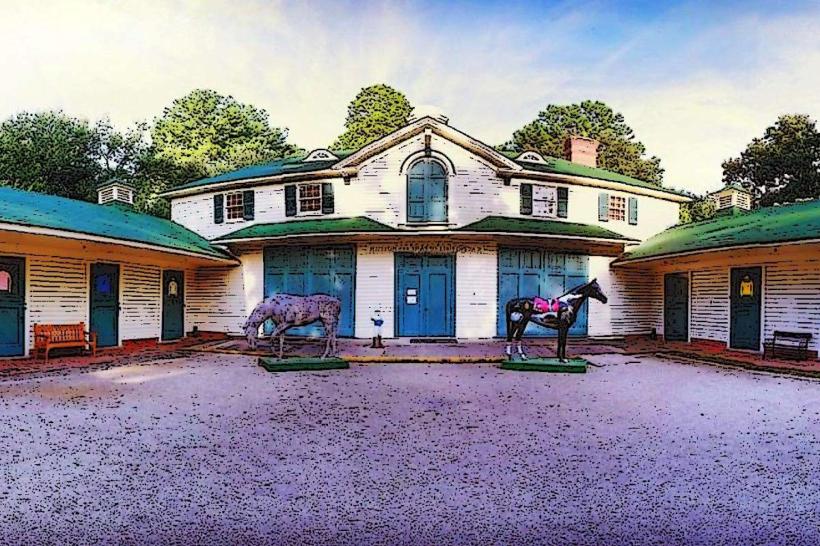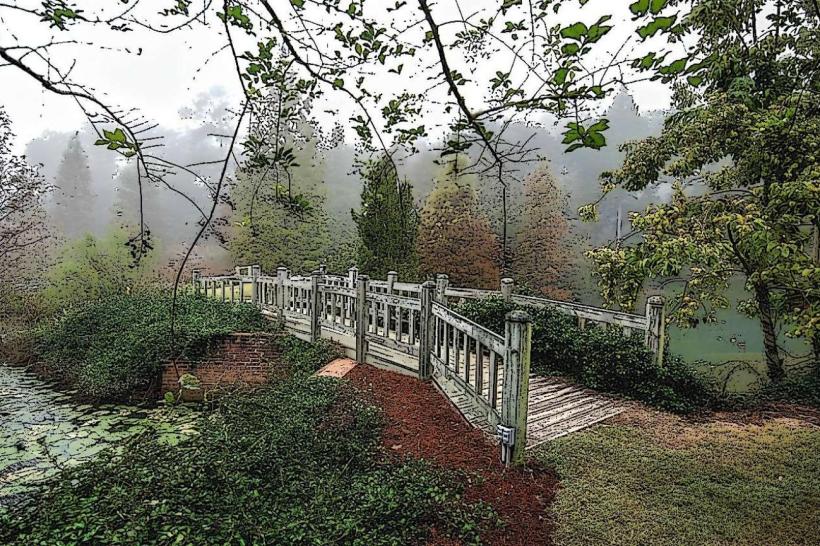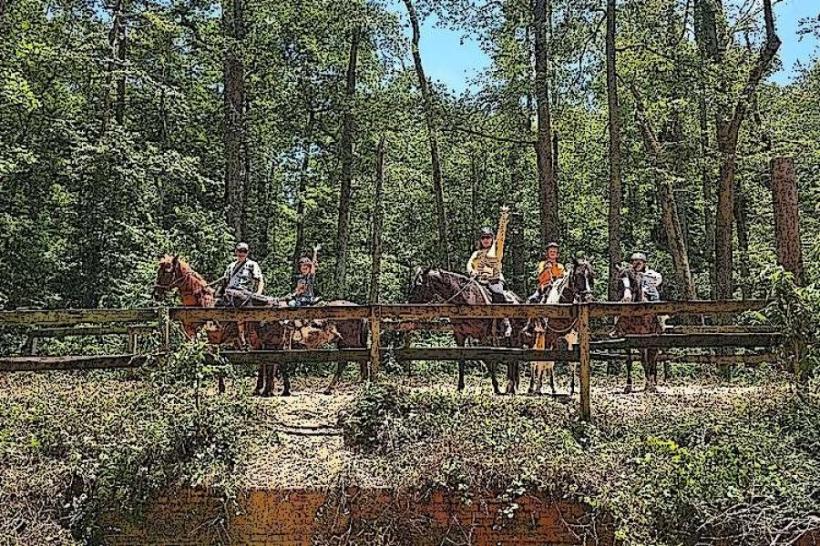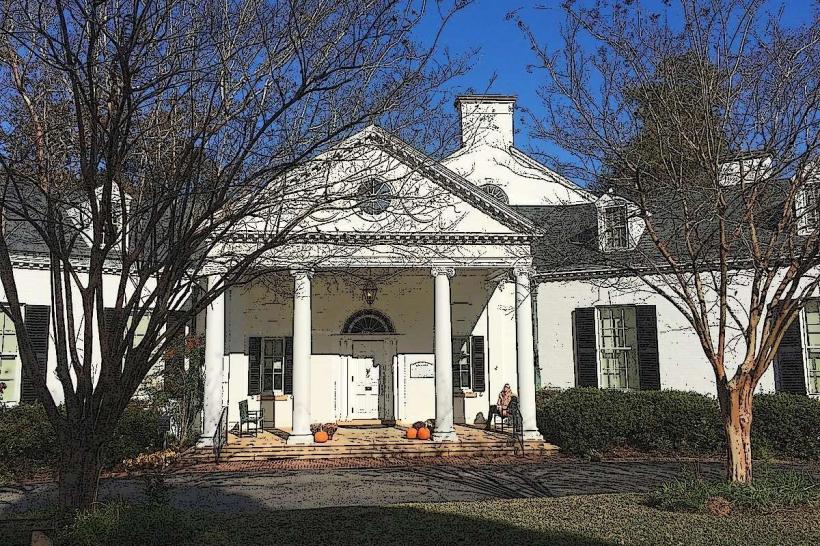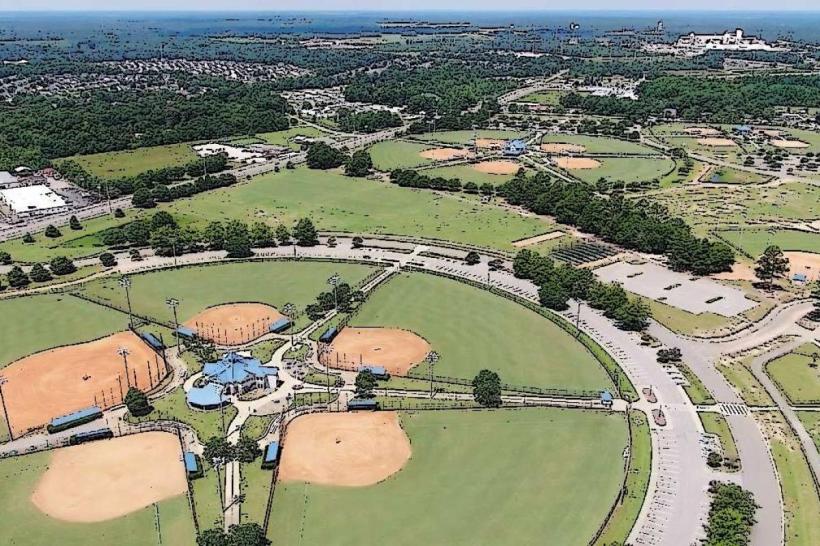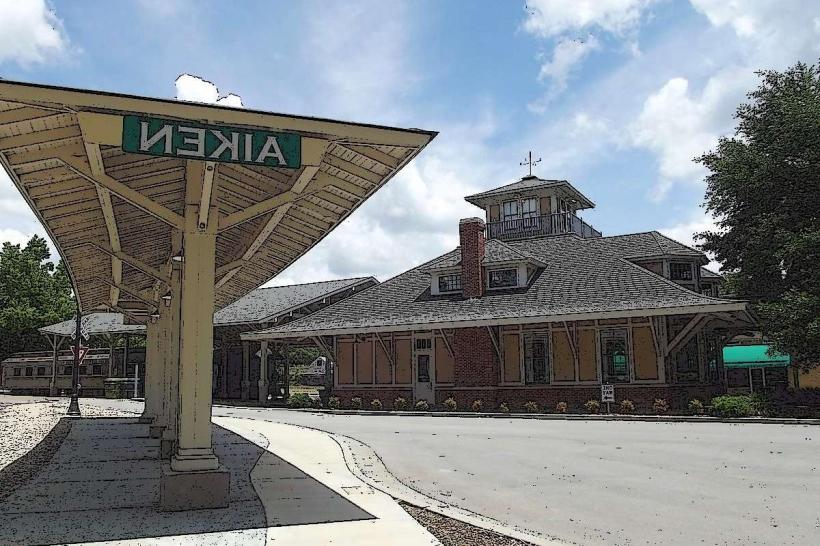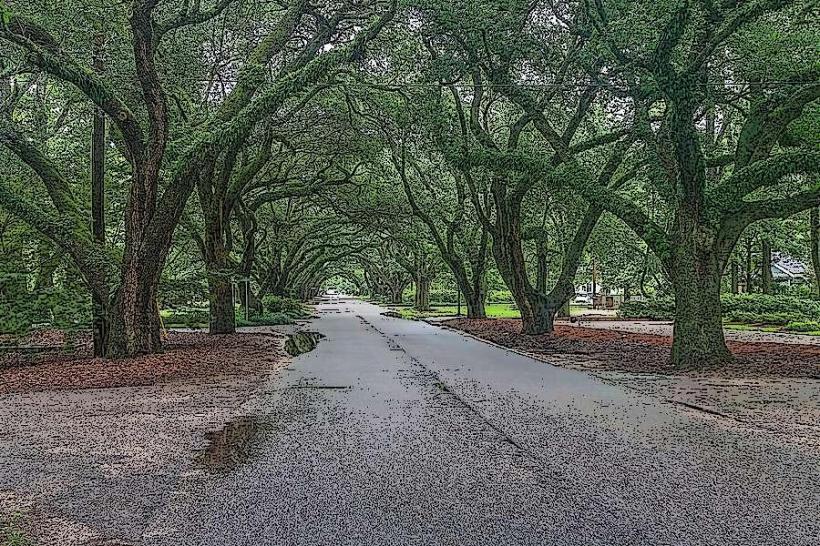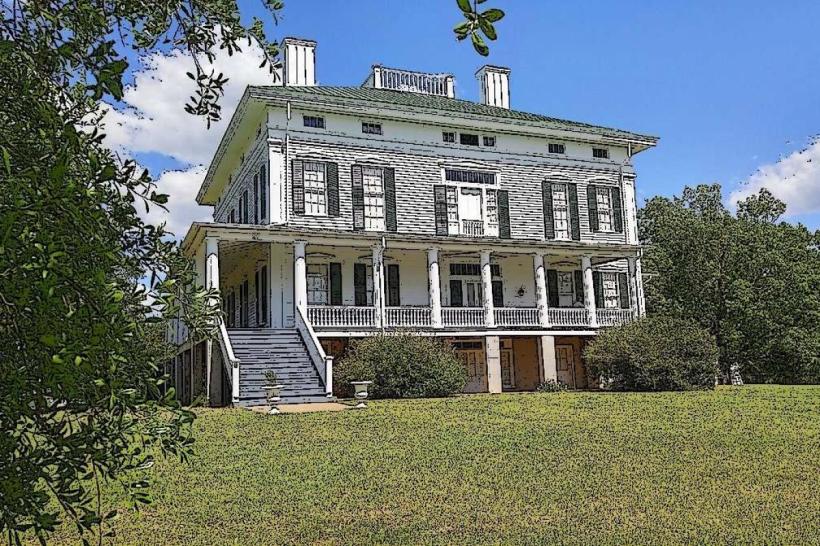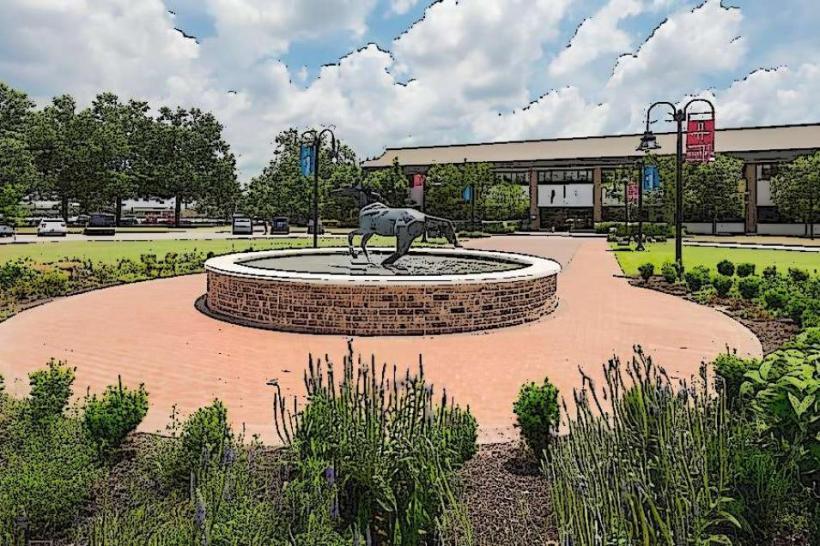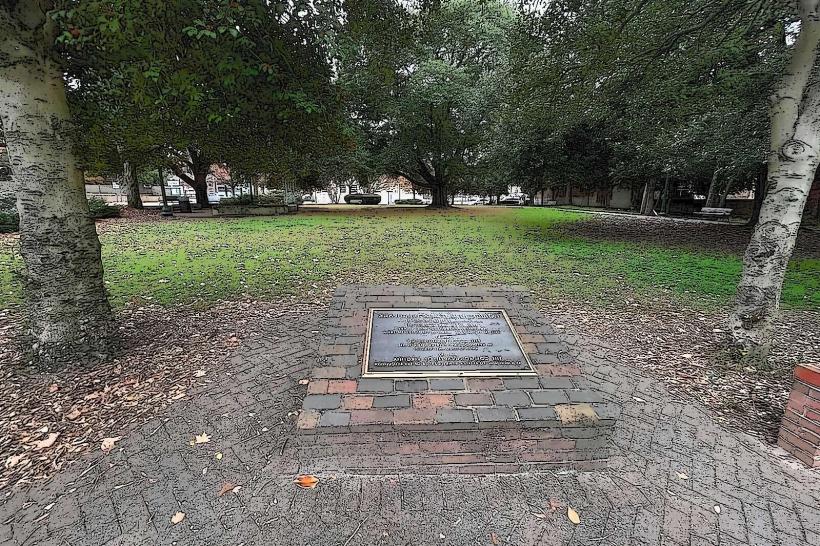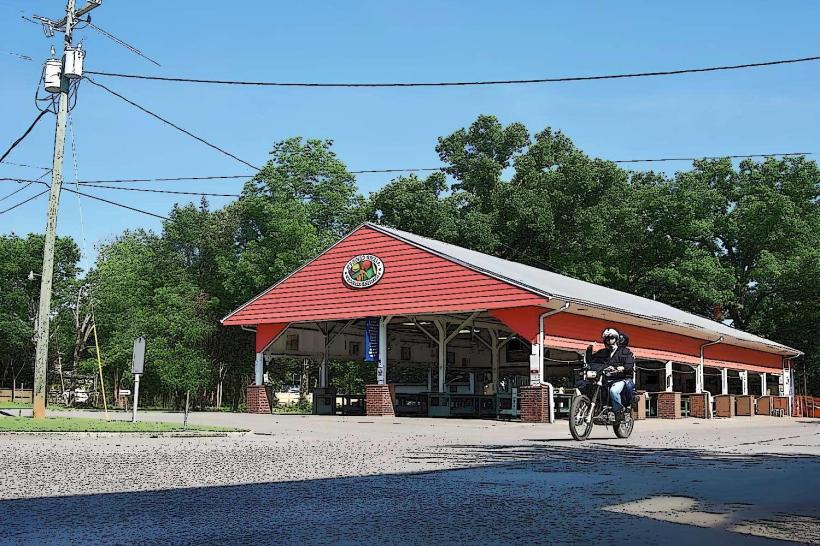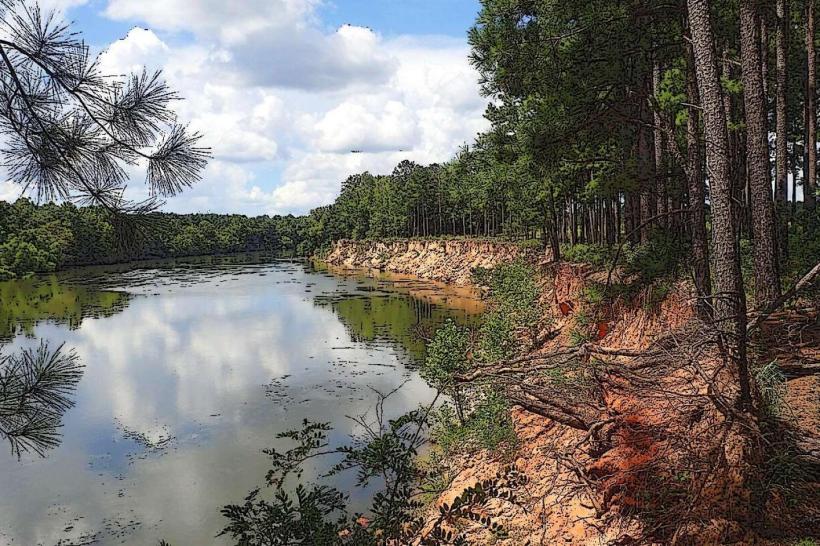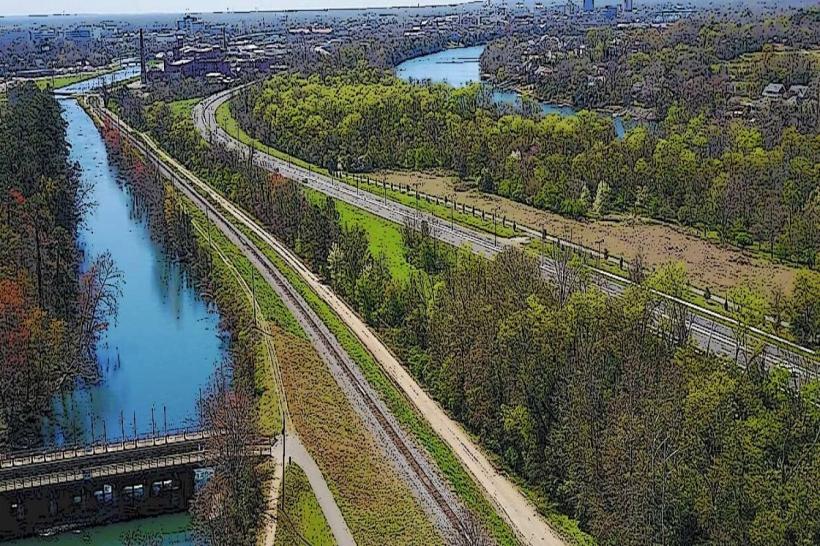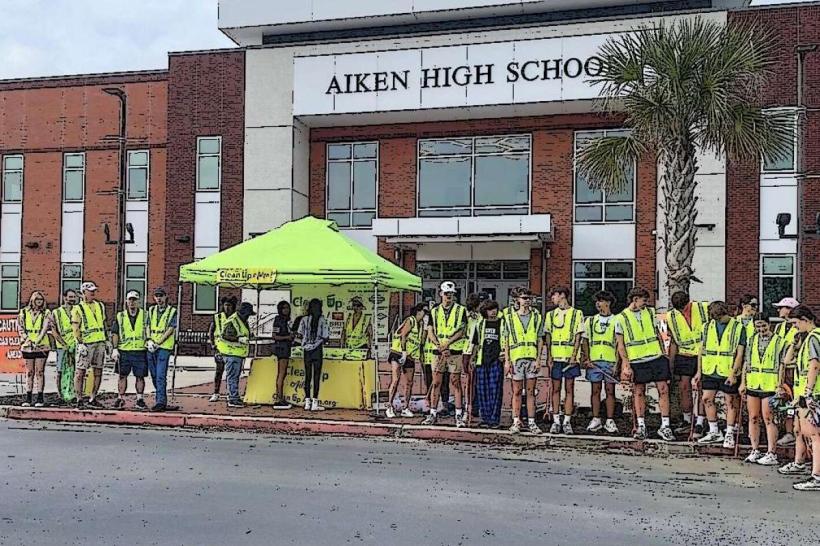Information
Landmark: Horse Creek ValleyCity: Aiken
Country: USA South Carolina
Continent: North America
Horse Creek Valley, Aiken, USA South Carolina, North America
Horse Creek Valley is a historic region in western South Carolina, stretching through parts of Aiken County and encompassing a series of mill towns and natural landscapes along Horse Creek, a tributary of the Savannah River. This valley has a rich and layered past, shaped by its industrial heritage, cultural identity, and natural beauty.
Geography and Setting
The valley runs between the city of Aiken and the Savannah River, with Horse Creek flowing southward through a mix of wooded areas, wetlands, and former industrial sites before joining the river near the city of North Augusta. The area features rolling terrain, creekside floodplains, and remnants of 19th- and 20th-century mill infrastructure.
Historical Background
Early Settlement:
Before European settlement, Native American tribes, particularly the Creek and Cherokee, used the fertile lands and water resources of the valley for hunting, fishing, and small-scale agriculture.
Industrial Growth:
By the early 19th century, the valley became a focal point for textile manufacturing in the South. The abundance of water from Horse Creek powered numerous cotton mills, leading to the rise of mill villages such as Graniteville, Vaucluse, and Warrenville.
Graniteville Mill & William Gregg:
The most famous figure in Horse Creek Valley’s history is industrialist William Gregg, who founded the Graniteville Company in 1845. He built one of the first large-scale textile mills in the South, as well as a planned mill town with housing, a school, and other amenities for workers-an innovative model at the time.
Economic Shifts:
For much of the 19th and 20th centuries, textile production defined the valley’s economy and culture. However, as the textile industry declined in the late 20th century due to global competition and automation, many mills closed, leaving behind vacant buildings and shifting the region’s focus toward preservation and redevelopment.
Cultural and Community Identity
Horse Creek Valley’s mill villages fostered tight-knit communities with shared traditions, work culture, and social life. Churches, schools, and company stores formed the backbone of daily existence. Today, descendants of mill families remain in the area, and community pride in this industrial heritage continues.
Natural Features
While industry once dominated, the valley also holds significant natural appeal:
Horse Creek itself offers scenic views, fishing opportunities, and a corridor for wildlife.
Surrounding forests and wetlands support diverse plant and animal life.
The landscape has gradually rewilded in areas where industry has receded.
Present Day
Many historic mill buildings, some in use and others repurposed, still stand in towns like Graniteville and Warrenville. Preservation efforts and community organizations are working to document the valley’s history, promote heritage tourism, and restore certain creekside areas for recreation and environmental health. Interest in heritage trails and eco-tourism has grown, linking the valley’s industrial past with its natural setting.
Significance
Horse Creek Valley is both a testament to South Carolina’s role in the textile industry and an evolving landscape balancing historic preservation with environmental renewal. Its story reflects broader patterns in Southern economic history, from early industrialization to post-industrial adaptation.

